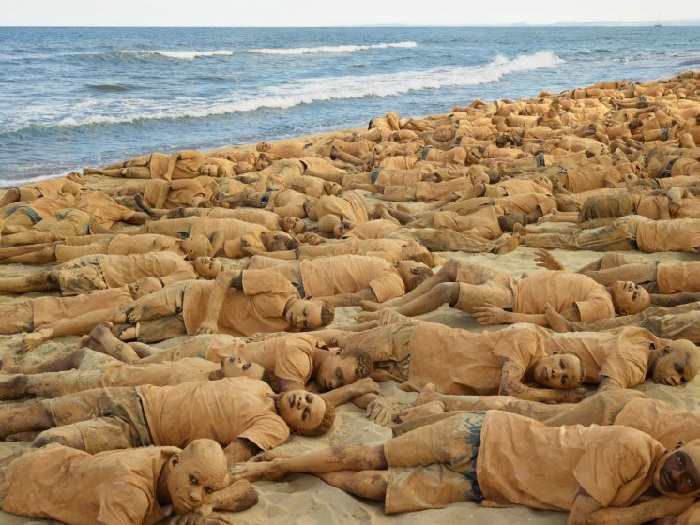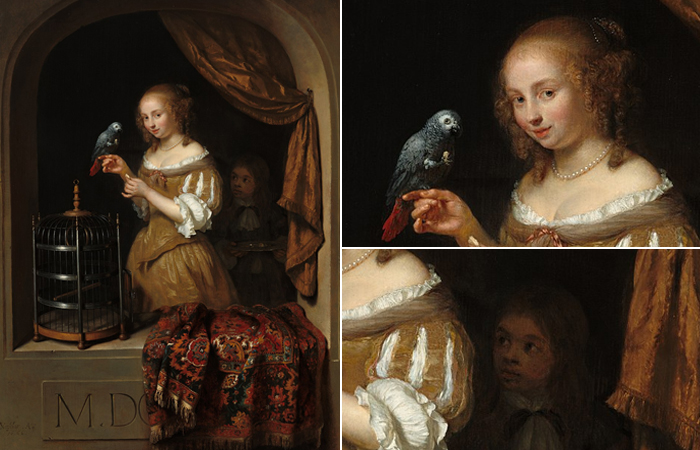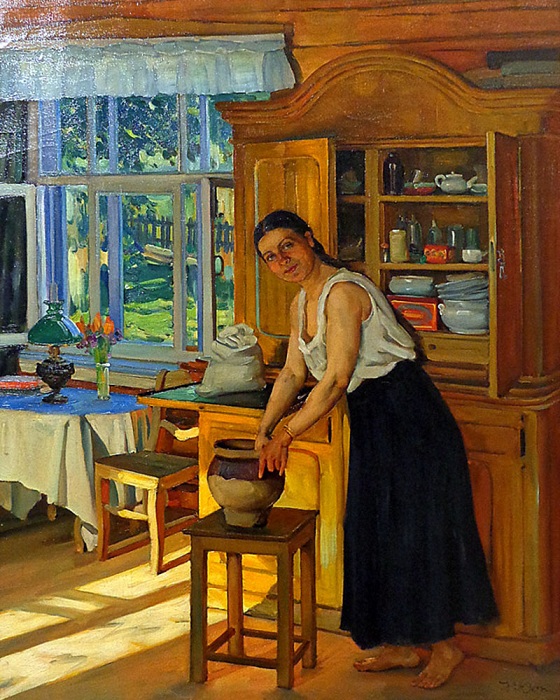portrait resemblance
Sentimental paintings about the village children of Frederick Morgan
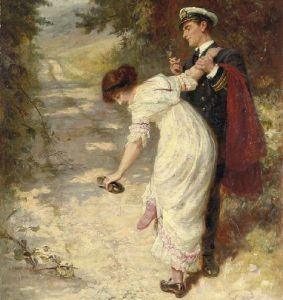 Today, lovers of sentimental painting are given the opportunity to get acquainted with the magnificent gallery of genre paintings by the English artist Frederick Morgan, who worked at the turn of the last two centuries and created a number of paintings dedicated to rural children.
Today, lovers of sentimental painting are given the opportunity to get acquainted with the magnificent gallery of genre paintings by the English artist Frederick Morgan, who worked at the turn of the last two centuries and created a number of paintings dedicated to rural children.
The theme of children in the 18th century was very winning. These paintings diverged from the collections of wealthy art lovers with enviable speed. How could you not admire the images of cute angels: blue eyes, a sugar smile, sincerity, the desire to imitate adults in everything. And the fact that the plot canvases depicting the children of an English painter were very popular during his lifetime was quite natural.
Frederick Morgan was born in London in 1847. His father John Morgan was also an artist. At one time he graduated from the school of design, and later becoming a member of the Society of British Artists, he painted paintings on historical and biblical themes. Continue reading
Monet is a spot, Manet is a people: How to distinguish two masters of impressionism
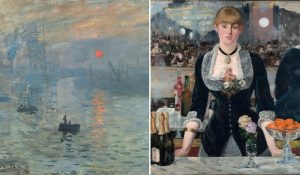 Their acquaintance began with a big conflict, but later they became great friends. Monet — Manet is a story of long-standing friendship based on great respect and mutual assistance. When Monet was in financial difficulties, he wrote to Mane for help. Manet not only never refused to help his colleague, but after he found out about the illness of Camille, Monet’s first wife, he wrote off all Claude’s debts. Due to Monet’s influence, Manet more often painted in the open air and brightened his palette. These were not just real people, but also great talents with big hearts.
Their acquaintance began with a big conflict, but later they became great friends. Monet — Manet is a story of long-standing friendship based on great respect and mutual assistance. When Monet was in financial difficulties, he wrote to Mane for help. Manet not only never refused to help his colleague, but after he found out about the illness of Camille, Monet’s first wife, he wrote off all Claude’s debts. Due to Monet’s influence, Manet more often painted in the open air and brightened his palette. These were not just real people, but also great talents with big hearts.
Eduard Manet was one of the first modernist artists of the 19th century to turn to the objects of modern life; he became a key figure in the transition from realism to impressionism. In addition, he was a key figure in the transition from realism to impressionism and one of the first in this era to portray modern life. Continue reading
Was there a boy, or what they argue about for many years, looking at Chardin’s picture “Prayer before dinner”
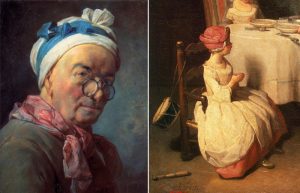 He was called the “artist of animals and fruits.” He had a significant influence on Henri Matisse and Paul Cezanne. In art, this artist sought naturalness and humanity as opposed to the official Rococo style. All this is about Jean Baptiste Simeon Chardin and his picture “Prayer before dinner.” What is the main debate of art critics about this picture?
He was called the “artist of animals and fruits.” He had a significant influence on Henri Matisse and Paul Cezanne. In art, this artist sought naturalness and humanity as opposed to the official Rococo style. All this is about Jean Baptiste Simeon Chardin and his picture “Prayer before dinner.” What is the main debate of art critics about this picture?
The 18th century French artist Jean Simeon Baptiste Chardin was known for his still lifes and genre paintings. His refined and realistic style had a significant impact on a number of the greatest artists of the XIX-XX centuries, including Henri Matisse (1869 – 1954) and Paul Cezanne (1839 – 1906). Chardin’s canvases were simple, but workshops performed. The Chardin world is a world with feeling (and not gallantry), with humility (and not vanity), with simplicity (and not covetousness). For the bourgeois establishment, the works of Chardin represented a salutary contrast with the “decadent aristocratic fragility” of many of the artist’s colleagues (including Watteau). Continue reading
